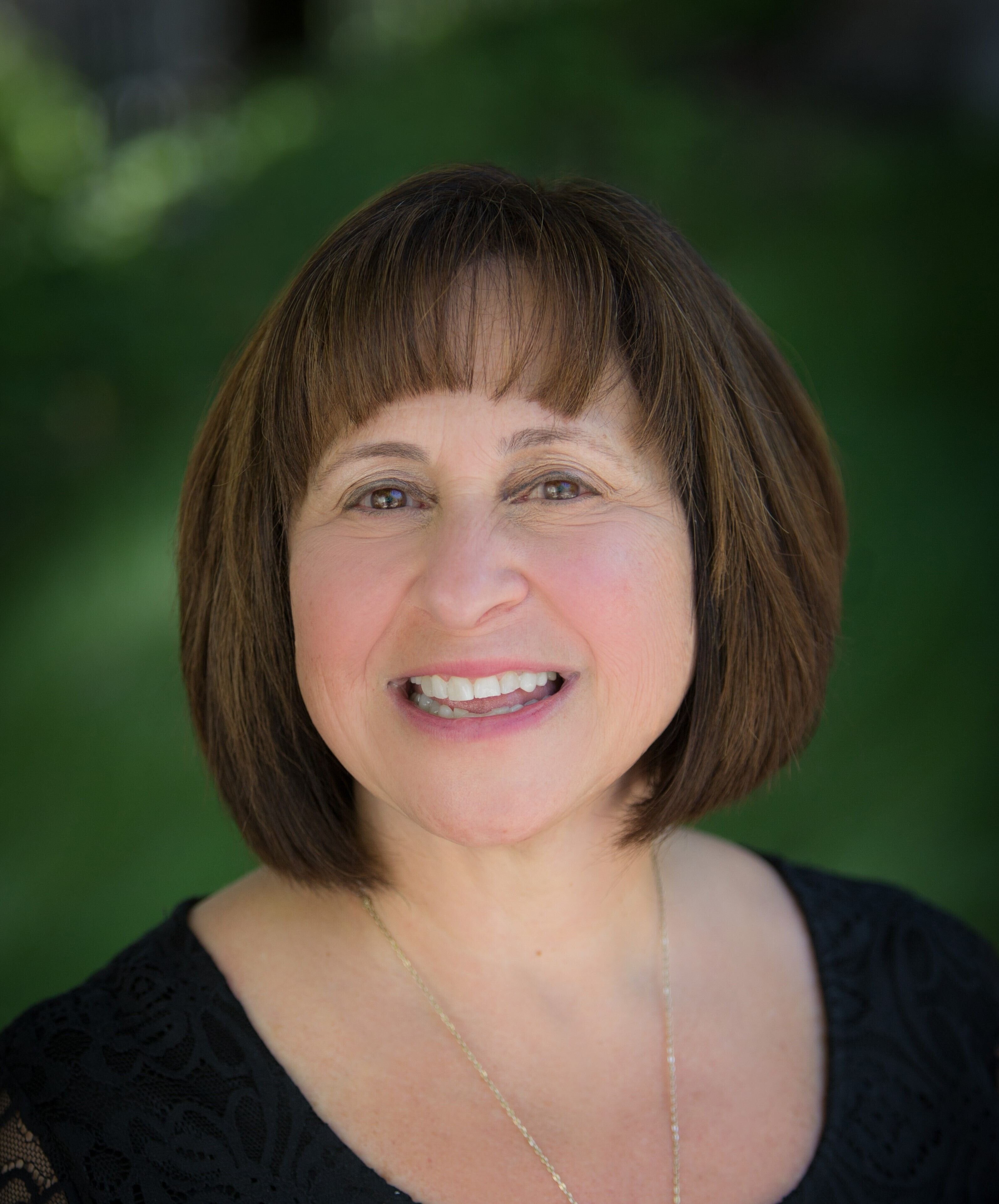This week's parashah, Emor, is known as Torat Cohanim, the teaching for/of the Cohanim. Whereas the previous sections of the Torah focused on the holiness code for all the people, this section reads as a manual for the priests, instructing them on attaining holiness through their own set of symbolic obligations, duties, and maintenance.
In the opening verses, the Torah records how Moses is to instruct the priests of their responsibilities in this regard: "Vayomer Adonai el Moshe - And the Lord Spoke to Moses, Emor el hakohanim b'ney Aharon v'amarta aleihem - Speak to the priests the sons of Aaron, and say unto them, There shall none be defiled for the dead among his people." (Lev. 21:1)
As you read the verse, it is important to note that there seems to be a whole lot of speaking going on - each with a different form of the Hebrew verb amar (aleph-mem-resh). God speaks to Moses (Vayomer), Moses speaks to the priests, the sons of Aaron (emor), and speaks in specific words (v'amarta). It makes sense to think that the verse might begin with God speaking to Moses - 65 other such Torah verses begin in this way. But, the repetition of the word in the second part represents an apparent redundancy, "Speak to the priests, and say to them..."
Over the centuries, many readers of biblical text have been puzzled about this verse and the meaning of the word amar. Why is it that the Torah tells us that Moses spoke to the people and then says and here is what he said' rather than simply moving into what he said to them?
One such midrash deals not with the doubling of the word amar, but with the use of the word amar itself. In honor of this weekend's celebration of Mother's Day and the uniquely special qualities of the special women who are our mothers, I share it with you as part of our discussion. There is a verse in the book of Exodus (shortly before the revelation atop Mount Sinai) which reads: "Koh tomar le-vait Yaakov, ve-tagaydli-venei Yisrael" - So shall you say to the House of Yaakov, and tell the Children of Israel." (Shemot 19:3). The Midrash points out that this verse uses both the word amar and the verb tagayd, both of which mean, 'to tell'. There, the first part refers to the house of Jacob, meaning 'the women', and that the intention is to say the words to them in a soft voice, which is as they are. The second part of the verse, however, references the 'children of Israel', intending to explain that the punishments and stringencies are to be explained to the men. There are, it seems the midrash is saying, different ways of speaking, and amarrepresents the softer, more gentler, more motherly type of speaking.
Certainly there is a message in that; one that is not just about moms and the ways we envision them nurturing their children, but about the ways in which gentle speech helps create an environment of sanctity and meaning. Perhaps our verse is simply trying to say that Moses ought to speak to the priests with softness and gentleness in explaining their unique role in the community. And, just in case he might forget to do so, the Torah repeats the word.
Still, we are left with the question of why the word amar is repeated. Rashi, borrowing from a reference in the Talmudic tractate of Yevamot, attempts to answer this question. He says this doubling of the words, emor v'amarta is meant to warn the gedolim, the big priests, concerning the k'tanim, the small priests. The repetition of the words, Rashi explains, is to add a warning to the priests not to bring any 'impurity' upon children who will eventually be adult priests. These young priests are impressionable, and sometimes don't know what might invalidate them or others from participating in ritual purity. Therefore, the responsibility to do so is placed upon the shoulders of the adults of the priestly community.
For the ancient priests, the determination of ritual purity and impurity revolved around such issues as life and death, appropriate sexual relationships, and definitions of religious devotion. Though the specifics may sound different, the same issues - life and death, appropriate sexual relationships, and definitions of religious devotion - continue to occupy our modern sensibilities and path to holiness. The children of our generation are equally impressionable and need us to make sure that our impurities don't affect them, and that we instruct them in the ways of holiness and goodness. When it comes to our children, we are all big priests, for our children of birth, our children of family, our children of community, and our children of society. We have the power and the responsibility to show them what is tamei (impure) and what is tahor(pure), and to help prepare them to assume their roles as active, productive members of our community. And, in keeping with the midrashic explanation of the word amar, they need our nurturing and our soft spoken ability to speak to them and to teach them to bring holiness and meaning into the world. They watch us and they act as we do.
So, imagine for a moment a world in which before each act we too heard the loving voice of God speakingto us and that it said to us be careful - what will this do to the small ones?'
Shabbat Shalom.

